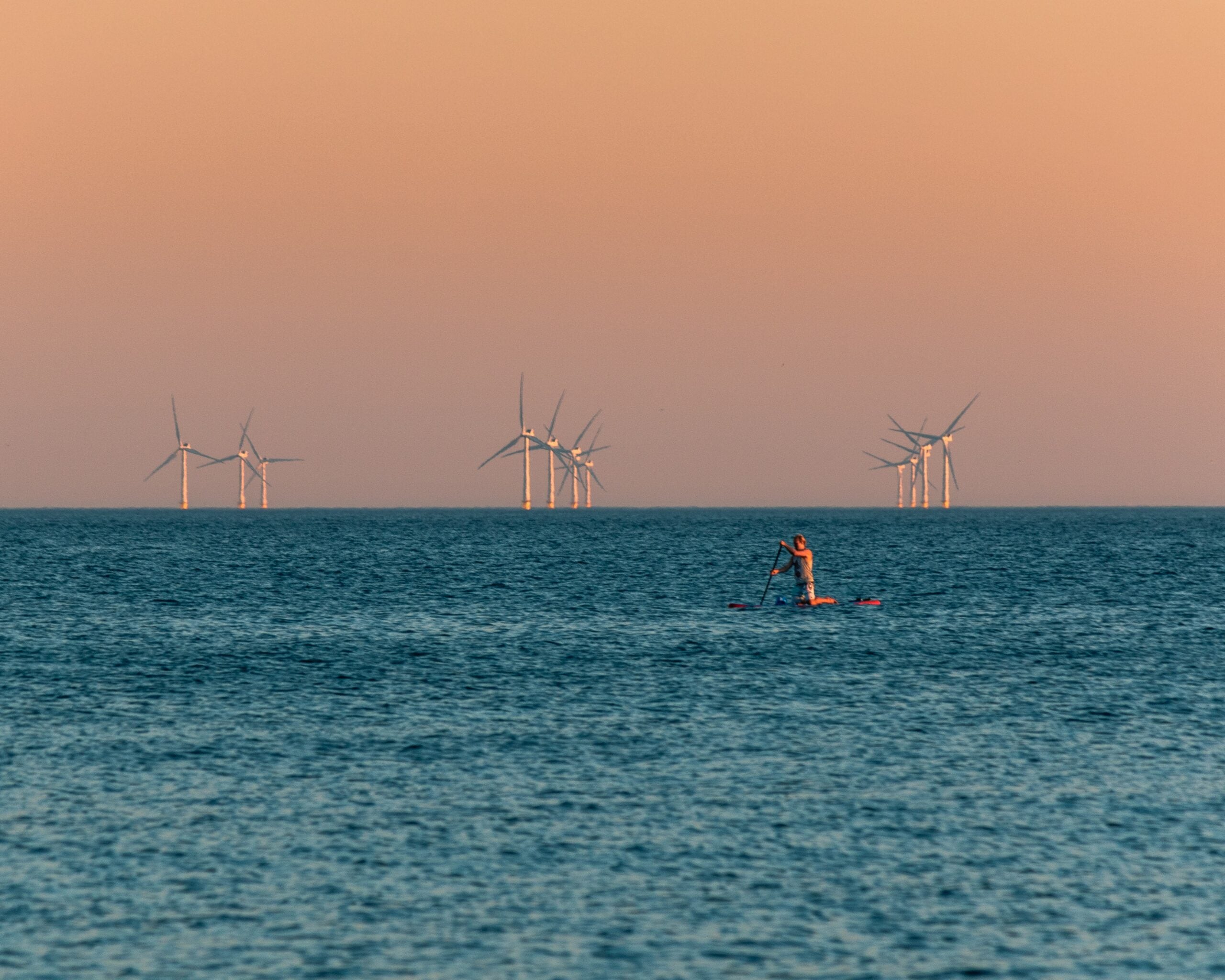
Natural camouflage is one of nature’s most interesting traits. Materials scientists have now developed a material that can mimic the camouflage capabilities of marine mollusks. They created a starfish-shaped soft robot that responds to heat and pressure with deformation, movement, and color changes. Cut-off tentacles can be welded together, and the material can be fully recycled, they write in the journal Angewandte Chemie.
Octopuses, jellyfish, and starfish are capable of natural camouflage; that is, they can quickly change their colors or shapes to match the background. A research team led by Quan Li from Southeast University, China, has now created a soft material that can mimic such traits. As an underlying material, they chose a liquid crystal elastomer that changes phases at different temperatures. When heated up, the oriented liquid crystal molecules of the elastomer lose ordering, causing the material part to shrink.
The researchers used this shrinking effect to enable a soft robot to “crawl.” For this purpose, they molded the polymer material in the shape of a starfish and added an infrared-sensitive dye to the underside of one of the tentacles. This modified site contracted when heated up by a photothermal effect resulting from near-infrared irradiation, and expanded when cooled down. Since only one arm received the light stimulus, the starfish robot slowly moved over the surface, pushed by the contracting–expanding tentacle like a caterpillar.
The starfish soft robot was capable of changing its color. The researchers integrated a cross-linker in the material—a molecular dye linking polymer strands. However, the dynamic covalent cross-linking system used here was made to break easily. During heating and under pressure, its molecular parts separated, and the previously yellowish dye molecule turned red. “Similar to the natural camouflage effect of a starfish,” the authors said.
Finally, the starfish robot also demonstrated self-healing and even recycling qualities. When the researchers cut off a tentacle, it healed seamlessly after the parts were heated up again. The same thing occurred when the whole robot was cut to pieces. Molding it again into a starfish shape, the researchers regained a new, soft robot with properties that were intact.
According to the authors, the key to this multiple adaptation capability was the integration of the cross-linking dye molecule, tetraarylsuccinonitrile, which could perform several functions simultaneously. It acted as a light-absorbing chromophore, and it provided dynamic covalent bonding to the elastomeric network. The authors suggest use of such biomimetic soft materials with thermal and mechanochromic properties (color change due to heat and pressure) in biomimetic robots, sensors, and for artificial camouflage.
More information: Zhongcheng Liu et al, Thermo‐ and Mechanochromic Camouflage and Self‐Healing in Biomimetic Soft Actuators Based on Liquid Crystal Elastomers, Angewandte Chemie International Edition (2021). DOI: 10.1002/anie.202115755
Citation: A starfish-shaped soft robot that creeps, changes its color, and self-heals broken parts (2022, January 3) retrieved 17 January 2022 from https://phys.org/news/2022-01-starfish-shaped-soft-robot-self-heals-broken.html
This document is subject to copyright. Apart from any fair dealing for the purpose of private study or research, no part may be reproduced without the written permission. The content is provided for information purposes only.
Note: This article have been indexed to our site. We do not claim legitimacy, ownership or copyright of any of the content above. To see the article at original source Click Here








